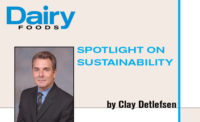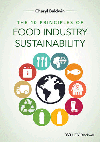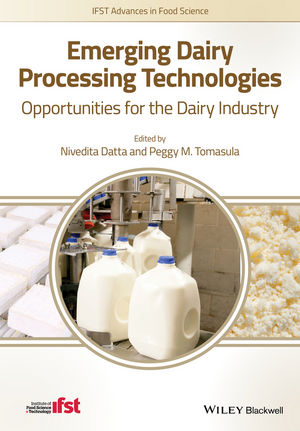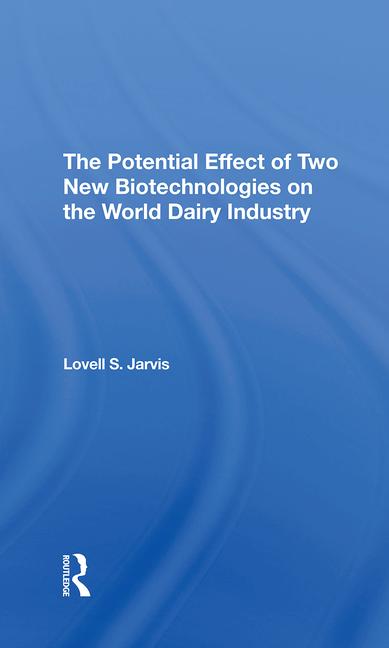Dairy industry need to step up sustainability efforts
The dairy industry is committed to reducing its environmental impacts, but it could do more

At its core, sustainability within the food industry is about creating products that provide maximum nutrient density for the consumer, while creating a minimal impact on the environment. Dairy is perhaps one of the best examples of this sustainable balance, serving as the No. 1 food source of calcium, vitamin D and potassium in the United States, while also reducing its carbon footprint by more than 60% over the last 60 years.
Sustainability from farm to fork
Dairy’s commitment to sustainability begins on the farm and continues all the way through the life cycle of the product. This means that from farm to fork, all efforts — including improvements in wastewater, packaging and process efficiency — are essential to the successful reduction of environmental impacts.
To fully understand where sustainability efforts need further improvement, the dairy industry (through the Innovation Center for U.S. Dairy) served as the pilot industry for the U.S. Life Cycle Assessment Digital Commons project through USDA, which studied the environmental impact of milk products throughout their life cycle. This study showed that the entire dairy sector contributes around 2% of total U.S. greenhouse gas emissions, while also pointing out 20 variables that could help the industry reach its goal of a 25% reduction in greenhouse gas emissions by 2020.
Of these factors, energy management within the plant, consolidation of distribution networks and alternative packaging are among the biggest factors for manufacturers to consider.
Where to start
The energy required to process dairy products can easily be reduced through the application of newer technologies. Examples include approaches that allow for the use of higher-solids streams for drying, lower-temperature fractionation and concentration methods, more efficient thermal processes and utilization of sustainable sources of energy.
Additionally, much of the water usage within plants is related to cleaning and clean-in-place efforts, so tighter control (automation) of the cleaning process could significantly reduce water usage. And several plants are actively implementing multipurpose utilization of polished water that was harvested from the products made from milk. Evaporator condensate, also known as “cow” water, and reverse osmosis permeate can easily be polished to greatly reduce the use of outside water resources.
The Center for Dairy Research also has explored alternatives to water addition during the manufacturing process for cheese varieties such as Gouda and colby. These approaches involve the use of dairy co-product streams to target the ideal cheese milk composition, including the lactose content, which helps to minimize use of valuable resources and increase plant productivity.
Other areas to consider
Packaging material reductions or new packaging choices could also provide both financial and environmental benefits. For example, many plants now rely on reusable “640” containers for cheese storage instead of the traditional corrugated boxes for 40-pound blocks. Considering that cardboard and paper make up more than 60% of the solid waste generated by many dairy manufacturers, even small efforts in that area can help.
Other efforts include the use of ultra-high-temperature and aseptic packaging technology to create shelf-stable dairy products that require no refrigeration, saving energy costs in the distribution, retail and consumer stages of the life cycle. Additionally, whey, which was historically disposed of on fields, is now processed into high-value-added food ingredients, creating value where there was once waste.
The dairy industry has come a long way in terms of sustainability and will continue to do so with ongoing investment in research and innovation. This is a team effort that will require the industry to share best practices and new management tools to measure and track performance. With consumers increasingly scrutinizing the sustainability efforts of companies when making their purchasing decisions, ongoing communication of these efforts to the consumers will be key.
Looking for a reprint of this article?
From high-res PDFs to custom plaques, order your copy today!









